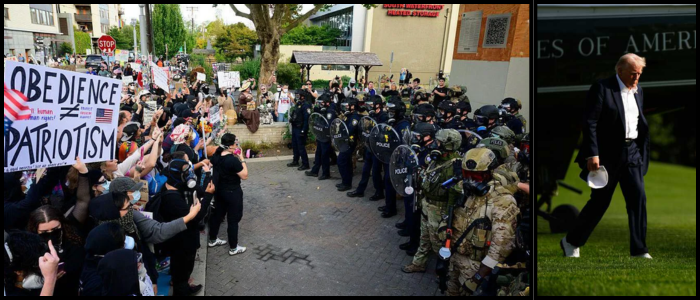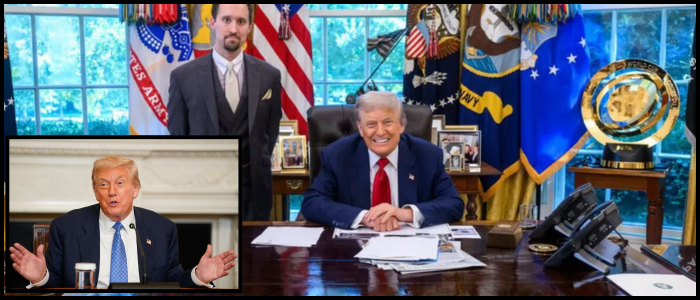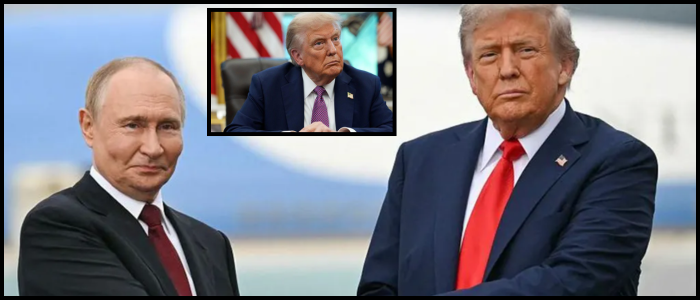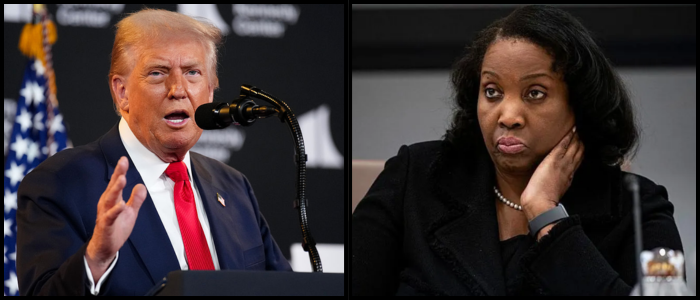Any last-minute headway appeared to vanish on Friday after President Trump blasted Canada for recognizing Palestinian statehood, draining the prospects of an agreement further.
The tone has shifted from optimistic at June's G7 meeting, where Canadian Prime Minister Mark Carney and President Trump pledged support.
Canadian officials are now far more interested in a good deal than a fast one. Prime Minister Carney has stressed that "any deal" will not suffice. But while economic pressure is building on Xi, some officials believe a delay would be preferable to Nos. 3 through 5 in the series of guiding principles for arms control.
Failing to meet that deadline led to public disappointment from Conservative leader Pierre Poilievre, who challenged Carney's government to "do a better job" at "getting control of the economy back."
It ripples out to most businesses in key sectors like steel, aluminium, and auto parts (US tariffs on Canada now run 35%, with exceptions for goods compliant with current trade agreements).
Buffer Agreements and New Negotiations
Canada's Trade Minister Dominic LeBlanc told Reuters the discussions with the United States had been active and productive, but he sounded less certain about real progress on reducing any tariffs. He predicts another conversation in short order between Trump and Carney.
The Trump administration ties the tariffs to fears about fentanyl flowing across the border, a claim Canada rejects since it represents only 1% of US fentanyl imports. In return, Canada ratcheted up border security and created a fentanyl tsar.
Canada has retaliated with C$60 billion in counter tariffs—second only to China—and is also bringing in C$1.5 billion more in duties for the year than last. Notwithstanding, almost all of the goods Canadians send to the US stay qualified for tax-free access under the Canada–United States–Mexico Agreement (CUSMA), which implies relief is accessible to exporters ready to load out missing reports.
This is something Canada has on the US (along with all other trading partners, including the EU, South Korea, Japan, and countries in Southeast Asia) because they have lower tariffs of 15–19%.
Catherine Fortin-Lefaivre with the Canadian Chamber of Commerce said businesses want certainty, but not at any cost. Businesses in Canada are taking early steps to adjust, and 40 per cent of exporting firms are considering alternative suppliers or foreign markets.
Eye to the Future: Political Forces, Pressure, and Economic Policy
The failure to meet the cutoff date hasn't ended the talks, but it underscores clashing political and economic pressures confronting both sides.
Canada is seeking a softening of the 50% steel and aluminum tariffs that have had a negative impact on hopes for an American automaker resurgence. US Treasury Secretary Scott Bessent has said that lifting those tariffs was under consideration.
Trump is also using trade policy to pressure Canada on broader issues, such as defense spending and digital taxation.
In recent weeks, Ottawa has agreed to increase defense spending, boost border security, and abandon plans for a digital tax that U.S. tech firms fought against—a trifecta some saw as addressing American gripes.
But many long-standing trade issues are flaring up, especially with Canada and its protections for the dairy industry.
Further retribution is possible, but the political appetite for this seems to be waning. British Columbia Premier David Eby said existing countermeasures had so far made little difference, with Prof Fen Hampson warning the US had "escalation dominance".
Canadian negotiators in Washington for NAFTA talks as odds of a 'skinny' deal grow slimmer. LeBlanc even agreed that an end result is still not on the immediate horizon, but indicated it could change shortly.
The review of the implementation bill comes as CUSMA is slated for a "review" next year, and any future renegotiations could be even more difficult.
Until then, Canada is about strengthening internal trade and building up major economic projects.
Canada remains committed to the US as its primary trading partner and for security matters, but it seems willing to branch out more on its own.
"Trump's pressure may be forcing Canada to get its economic house in order — and the government understands that, " said Martha Hall Findlay of the University of Calgary.
Politics

Canada Weighs Options After US Trade Deadline Missed

The United States and Canada appeared to be at a trade deal checkpoint as their acrimonious talks wound down with no clear sign of agreement or future meetings. The two nations have been in a tariff stalemate for six months, and recent talks have yet to produce a deal.















